Field Guides to the Month
Each month, the Vermont Center for Ecostudies posts a Field Guide highlighting natural events to look forward to in the month ahead. Whether it's a reminder of the first signs of spring, tips on which animals are preparing to hibernate, or an explanation of why skunks smell, we've got you covered. Check out previous editions of Field Guide to the Month below!
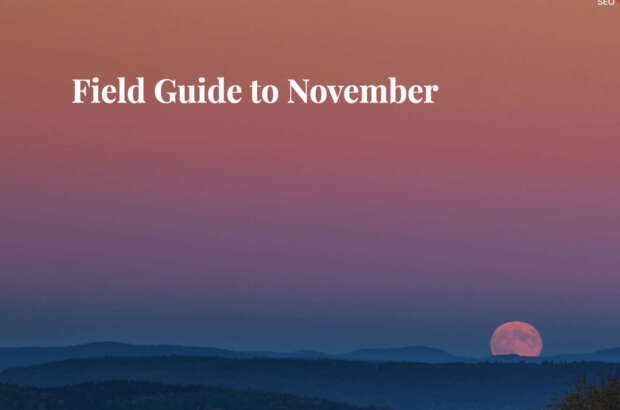
Field Guide to November 2024
With November comes a stronger nip to the morning air and the rushed activity of wildlife either preparing for their winter stay or leaving Vermont for their winter locations. There is a sense of fall finality as the last of the deciduous trees drop their leaves. November also hails some of Vermont's winter migrants, coming just in time to catch the first flakes. Learn more in our Field Guide to November.
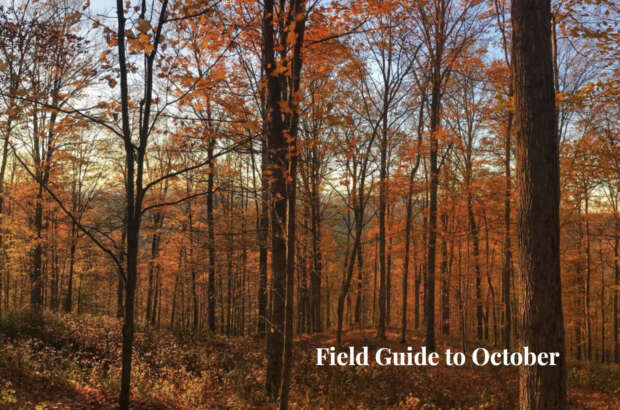
Field Guide to October 2024
The month of October reminds us of the cyclical nature of life. Like spring, autumn is a season of change. The forested hills fade from summer emerald to a watercolor painting of red and gold and brown. Here’s your field guide to some moments that you might not otherwise notice during these few precious weeks that feature colored hills beneath a deep blue sky.
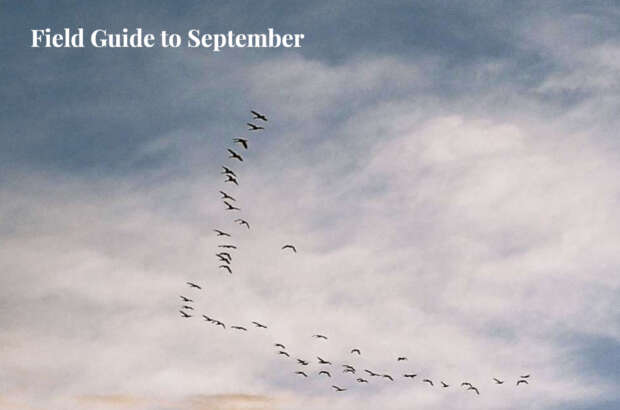
Field Guide to September 2024
It can happen almost anywhere. On a cool, foggy morning, for example, when fall warblers drop from their nocturnal, migratory flights into your backyard, and clusters of Common Green Darners congregate on a nearby riverbank. Or along a mudflat some afternoon when you notice a Spotted Sandpiper teetering and then darting after prey. Or on some wooded trail when you spot the first ruby red leaves among late-summer's faded green. Here is your field guide to life slowing down and on the move in September.
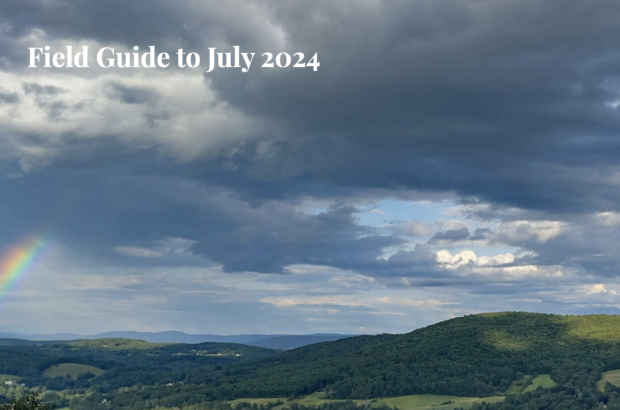
Field Guide to July 2024
The dawn bird chorus now fades from northern woodlands as the hills erupt in the sparkle and drama of summer insects. Dragonflies dart through fields and along pond edges. Moths and butterflies in all shapes and hues flit across the sun-washed landscape. In July, Vermont's hills and valleys pulse with the rhythm of wildlife antics. Here's a guide to some of the splendor.

Field Guide to June 2024
Here in Vermont, we dream of June during the darkest days of January. Verdant wooded hillsides glowing brightly under a robin egg sky. Warm afternoon breezes roll through the valleys as we lounge by the clear waters of a cold river. Choruses of birds wake us each morning. The smell of freshly cut grass wafts through the window. Enjoy this guide to some of the month's delights as the dream of June comes true.

Field Guide to May 2024
The month of May is a show-off. Birds arrive on southern winds and liven the dawn with their chorus. Trees flower, and leaves burst from long-dormant buds. As pools and lakes awaken with new life, woodland wildflowers jump out of the ground to attract the attention of butterflies. Here's your monthly guide to a month that shouts of life and rejuvenation.
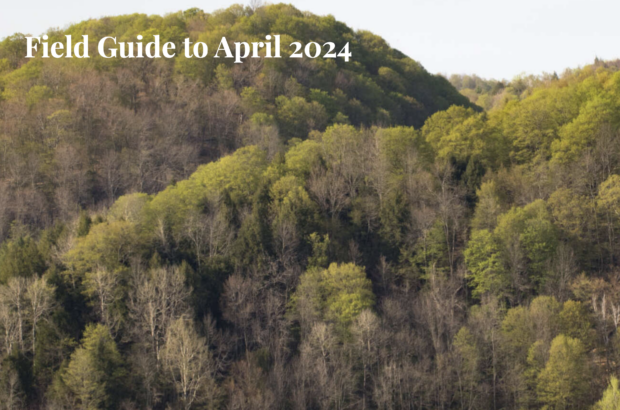
Field Guide to April 2024
As grays and browns permeate the muddy landscape of late spring, summer colors lie just beneath the surface, almost ready to bloom. Strolling through your neighborhood or favorite woodland in April, you may begin to notice flashy dapples of the season's first wildflowers. The trees around you will start to reverberate with birdsong while the ponds echo with choruses of Wood Frogs and Spring Peepers. If you're lucky, you may even catch the buzz of an early-season bee as it forages. Here’s our guide to some of the new life bursting forth this month.

Field Guide to March 2024
On Tuesday, March 19, at 11:06 PM, spring will arrive in Vermont. The spring equinox marks the moment the sun crosses the celestial equator—an imaginary line in the sky above Earth’s equator—from south to north. On the day of the equinox, people worldwide can see the sun rise due east and set due west. While the sun may be predictable, March weather is not. In fact, March is appropriately named for the Roman god of war, Mars. March is a month of battles between warm and cold, between winter’s refusal to leave and spring’s insistence on arriving. So, here are some signs of spring to look out for this month.

Field Guide to February 2024
This month, wildlife and the rest of us here in New England will cross a significant threshold: 10 hours of daylight. You can sense it when you head out in the morning. Northern Cardinals, House Finches, and Black-capped Chickadees are among the birds breaking into song, and Hairy and Downy Woodpeckers are starting to drum. Even though we’ve got lots more winter, at least the sound of spring is in the air. So here’s a Field Guide to February to keep your hopes up all day long.
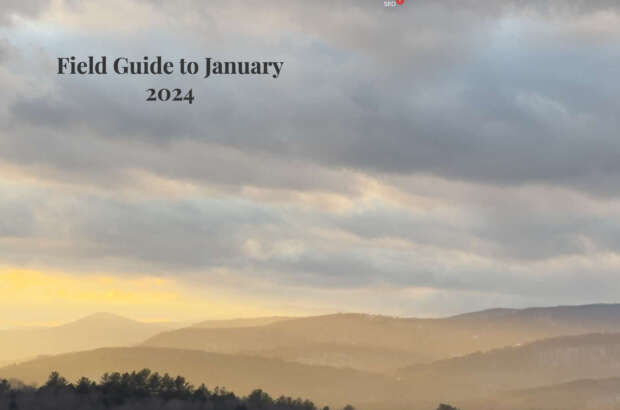
Field Guide to January 2024
Although the days are slowly growing longer, life in the Northeast still finds itself in the depths of winter. January is about survival. Wildlife that doesn’t migrate adapts instead to make it to spring. Here are a few tidbits of natural history happening outdoors this month around you.
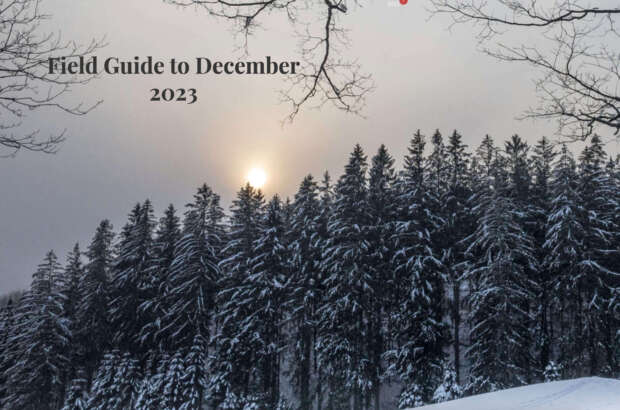
Field Guide to December 2023
Fear not—during December's short days and long nights, there’s still plenty of life in the fading light. Once we pass the winter solstice, which strikes at 10:27 PM on December 21, more light will creep back. Until then, here’s some wintry natural history to keep you going.

Field Guide to November 2023
“Stick Season,” as we call this gray, leafless time in New England, is anything but lifeless. With November comes the rushed activity of wildlife either preparing for their winter stay or leaving Vermont for their winter location. There is a sense of fall finality as the last deciduous trees drop their leaves. November also hails some of Vermont's winter migrants, coming just in time to catch the first flakes. Learn more in our Field Guide to November.
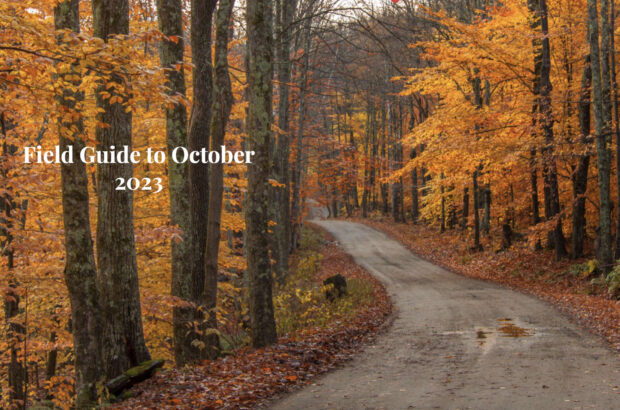
Field Guide to October 2023
The month of October reminds us of the cyclical nature of life. Like spring, autumn is a season of change. The forested hills fade from summer emerald to a watercolor painting of red and gold and brown. Here’s your field guide to some moments that you might not otherwise notice during these few precious weeks that feature colored hills beneath a deep blue sky, with the calls of migrating geese high overhead and the last Monarchs gliding silently southward.
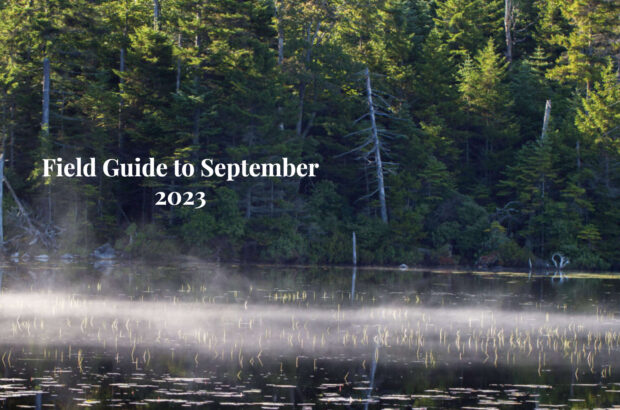
Field Guide to September 2023
It can happen almost anywhere. On a cool, foggy morning, when fall warblers drop from their nocturnal migratory flights into your backyard. Or along a big river some evening when you notice Common Nighthawks moving south. Or on a hilltop when the Broad-winged Hawks circling above and Monarchs gliding southward convince you that summer is indeed coming to a close. Here is your field guide to some life on the move in September.

Field Guide to August 2023
The dog days of summer are here, hot and sultry. The Romans referred to this time of year as the days of the dog star, when Sirius appears in the sky just before the sun and marks the hottest days of summer. Read all about August's natural wonders in this month's field guide.

Field Guide to July 2023
The avian breeding season is winding down. Even a few southbound shorebirds will trickle through the region this month on their “fall” migration. But as the dawn bird chorus fades from northern woodlands, fields and wetlands erupt in the sparkle and drama of summer insects. Here’s a short guide to some of the other glitter now on the wing.
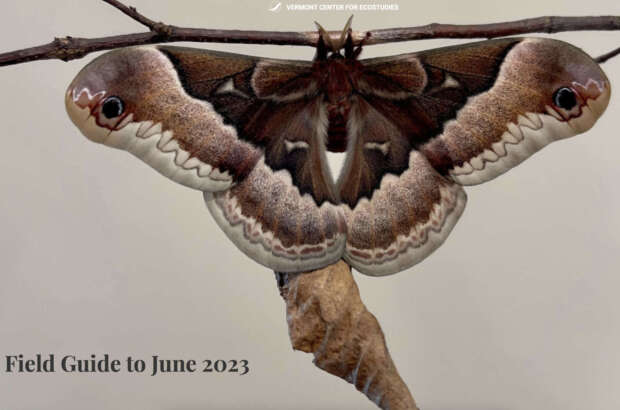
Field Guide to June 2023
Here in Vermont, we dream of June during the darkest days of January. Verdant wooded hillsides glowing brightly under a robin egg sky. Warm afternoon breezes rolling through the valleys as we lounge by the clear waters of a cold river. The chorus of birds waking us each morning. The smell of freshly cut grass wafting through the window. We forget about the clouds of black flies, the hum of the mosquitos and the rainy days. June is a dream here. Its days last forever.

Field Guide to May 2023
The month of May is a show-off. Grass glows green under the deep blue sky. Woodland wildflowers jump out of the ground. Trees flower, and leaves burst from long-dormant buds. Birds arrive on southern night winds and liven the dawn with their chorus. May shouts of life and rejuvenation. Here's your monthly guide to some of this month's delights.

Field Guide to April 2023
In April, the northern forest is laid bare with cold desire. Our long-dormant senses awaken. The sweet smell of soil rises to our noses, carried by the ultralight spores of Streptomyces bacteria launched into the air by the impact of raindrops. Our ears cock skyward at dusk as a Woodcock chatters and twitters above. Spring Peepers burst forth in the evening, with up to 4,000 peeps an hour. Blades of wild leeks slice through autumn's soggy, brown remains to release sweet-onion perfume. Bright white Hepatica opens for wild bees and provides a feast for our eyes. The smell of smoke can fill the air. For a short time before the forest turns green, fires can quickly run through the understory. April leaves none of our senses void. Here’s our guide to some of the joys this month brings.

Field Guide to March 2023
On Wednesday, March 20th, at 5:24 PM EST, spring arrives in the north. The spring equinox marks the moment the sun crosses the celestial equator – an imaginary line in the sky above Earth’s equator – from south to north. It is also at spring equinox that people worldwide can see the sun rise exactly due east and set exactly due west. While the sun may be predictable, March weather is not. In fact, March is appropriately named for the Roman god of war, Mars. March is a month of battles between warm and cold, between winter’s refusal to leave and spring’s insistence on coming. So, here are some signs of spring to look out for in this Field Guide to March.

Field Guide to February 2023
This month, wildlife and the rest of us here in New England will cross an arbitrary, not insignificant threshold: 10 hours of daylight. You can sense it when you head out in the morning: Northern Cardinals, House Finches, and Black-capped Chickadees are among the birds breaking out into song, and Hairy and Downy Woodpeckers are starting to drum. Even though we’ve got lots more winter, at least the sound of spring is in the air. So here’s a Field Guide to February to help get your hopes up, no matter what that sleepy woodchuck predicted.

Field Guide to January 2023
Although the days are slowly growing longer, life in the Northeast now finds itself in the coldest depths of winter. January is about survival. Wildlife that doesn’t migrate adapts instead to make it to spring. Here are a few tidbits of natural history happening outdoors this month around you.
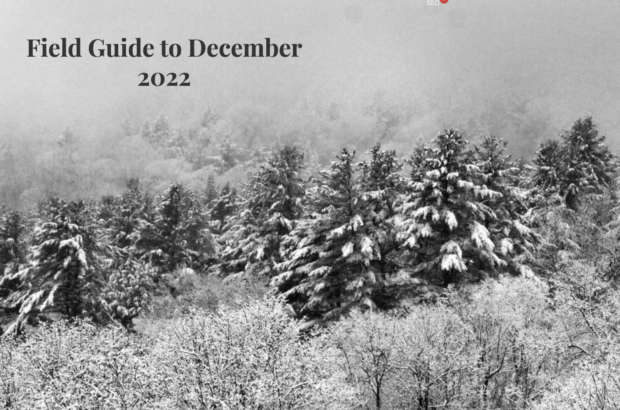
Field Guide to December 2022
Fear not; during these short days and long nights of December, there’s still plenty of life in the fading light. Once we pass the winter solstice, which strikes at precisely 4:47 PM on December 21st, more light will creep back. Until then, here’s some wintry natural history to keep you going.

Field Guide to November 2022
With November comes a stronger nip to the morning air and the rushed activity of wildlife either preparing for their winter stay or leaving Vermont for their winter location. There is a sense of fall finality as the last of the deciduous trees drop their leaves. November also hails some of Vermont's winter migrants, coming just in time to catch the first flakes. Learn more in our Field Guide to November.

Field Guide to October 2022
October is a memorable month for many reasons. The leaves change from summer emerald to autumn auburn and gold. Creatures of all sizes flit and scurry as they prepare for winter. And people's homes become adorned with carved pumpkins, cackling witches, and looming ghosts. This field guide highlights a handful of Vermont's Halloween-themed species in honor of the season. But beware—some of nature's marvels can be quite frightful.

Field Guide to September 2022
It can happen almost anywhere. On a cool, foggy morning, for example, when fall warblers drop from their nocturnal migratory flights into your backyard. Or along a big river some evening when you notice a Common Nighthawk moving south — then another, and another. Or when the Monarchs gliding past you under a cool blue sky convince you that summer is indeed over. Here is your field guide to life slowing down and on the move in September.

Field Guide to August 2022
FEAR NOT—we’ve still got plenty of summer here in Vermont and points north. So in this edition of VCE’s monthly field guide to nature, we’ll celebrate a few summer-breeding species. But we’ll also alert you to animals on the move. Yeah, the “M-word.” So if you’re not quite ready for fall migration, well, sorry…too late.

Field Guide to July 2022
‘Tis the season for summer foraging! June has passed, with its delicious wild strawberries and serviceberries. July is ushered in, bringing wild blueberries, blackberries, and raspberries, along with some non-berry foraging opportunities–true Chanterelles (Cantharellus sp.). Start the month here.
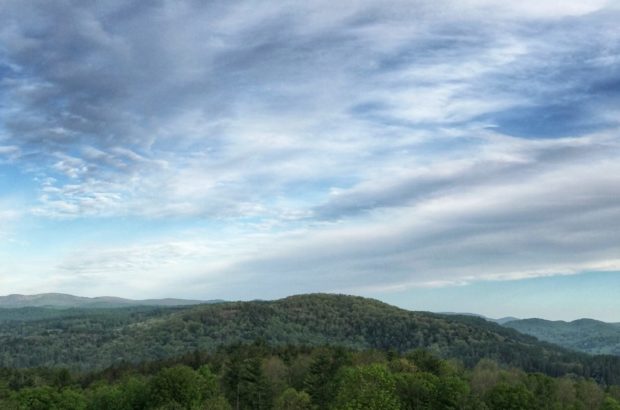
Field Guide to June 2022
Here in Vermont, we dream of June during the darkest winter days. Verdant wooded hillsides glowing brightly under a robin egg sky. Warm afternoon breezes rolling through the valleys as we lounge by the clear waters of a cold river. The chorus of birds waking us each morning. The smell of freshly cut grass wafting through the window. Butterflies skipping from one flower to the next. We forget about the clouds of black flies, the hum of the mosquitoes and the rainy days. June is a dream here. Its days last forever. Here’s just a few of the natural history wonders for the month.

Field Guide to May 2022
Trees are leafing out, and newly arrived migrant birds are dripping from branches. Insects are emerging and pollinating blossoming flowers. Discover all the sights May has to offer with our Field Guide.

Field Guide to April 2022
April brings a burst of life to the rugged Vermont landscape. Our long dormant senses awaken. The sweet smell of soil rises to our nose. As the soil warms, Streptomyces bacteria spew chemical weapons against other bacteria, which to us have a distinct earthy smell. Our ears cock skyward at dusk as a Woodcock chatters and twitters across the sky. Spring Peepers burst forth in the evening with up to 4,000 peeps an hour. Blades of wild leeks slice through the soggy, brown autumn remains to release sweet-onion perfume. Bright, white Hepatica opens for wild bees and provides a feast for our eyes. Returning Tree Swallows dance over ponds and marshes. From bees to crayfish, life is on the move. Here’s our guide to some of the joys of April.

Field Guide to March 2022
With the weather warming and the ground thawing, spring is in the air, and Vermont is waking up! Kickoff your month with flowing sap, thawing frogs, and heated flowers.

Field Guide to February 2022
This month, wildlife and the rest of us here in New England will cross a threshold that's arbitrary yet not insignificant: 10 hours of daylight. There's no doubt that we’ve got a lot more winter ahead, but change is coming. So here are a few February natural history tidbits to help get your hopes up, no matter what that groundhog predicted.
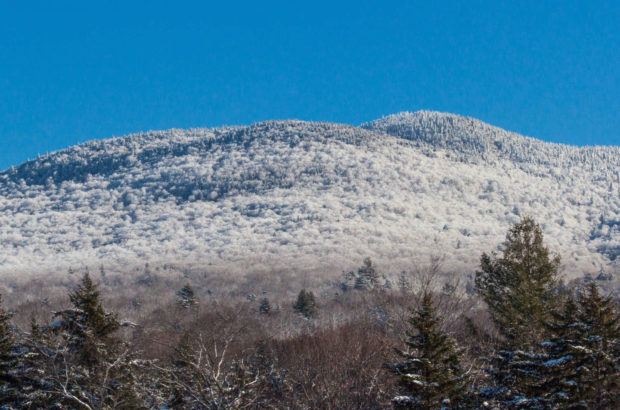
Field Guide to January 2022
Although the days are slowly growing longer, life in the Northeast now finds itself in the coldest depths of winter. January is about survival. Wildlife that doesn’t migrate adapts instead in order to make it to spring. Here are a few tidbits of natural history happening outdoors this month around you.

Field Guide to December 2021
An icy chill is in the air and tree limbs are coated in a delicate, snowy blanket—winter will soon be here. Across the landscape, animals who do not spend the winter tucked away scurry and flap, leaving evidence of their small dramas in the powder. Whether you choose to explore frozen hillsides or remain closer to home, there's much to discover in December.

Field Guide to November 2021
As the days shorten and the temperature drops, wildlife scramble to use their final available fall food sources before winter sets in. From hibernacula to gut microbiota, a chilly change is in the air.
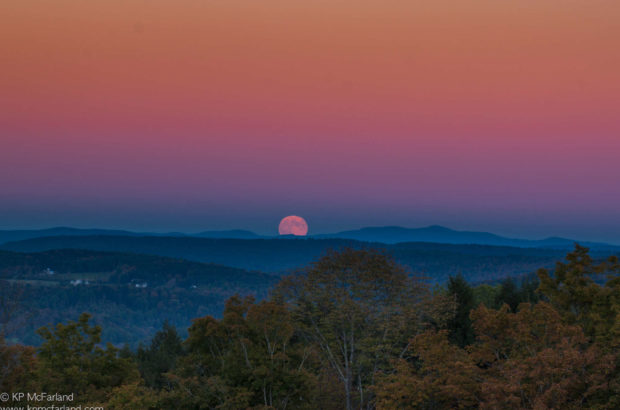
Field Guide to October 2021
October is a month of change. The forested hills fade from green to a kaleidoscope of red and gold that dazzles the eyes. Here’s your field guide to some moments that you might not otherwise notice during these few precious weeks that feature colored hills beneath a deep blue sky, with the calls of migrating geese high overhead and the last Monarchs gliding silently southward.

Field Guide to September 2021
September is a month of transition—birds, butterflies, dragonflies, and more are beginning their southward migration while some bees and other species are emerging for the first time all summer.

Field Guide to August 2021
The dog days of August are here. Insects are buzzing and summer's bounty is plentiful. But migration is underway alerting us to the coming changes.

Field Guide to July 2021
The dawn bird chorus now fades from northern woodlands as the hills erupt in the sparkle and drama of summer insects. Here are some July happenings to kick off your month.
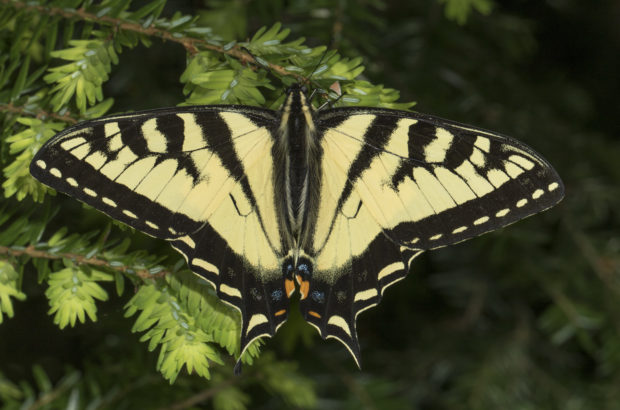
Field Guide to June 2021
Most of our avian migrants have returned, and the flush of spring ephemeral wildflowers is beginning to fade. However, new life abounds in June! Find out more in this month's Field Guide.

Field Guide to May 2021
Bees buzzing, birds migrating, lady beetles emerging from hibernation, and so much more! Celebrate the spectacle of spring phenology in this Field Guide to May.

Field Guide to April 2021
Migrating birds, blooming flowers, and (of course) mud season. April in Vermont is upon us, and spring is here!

Field Guide to March 2021
In early March, snowbanks and frosty mornings remind us it’s still winter–but by month’s end longer days and warmer winds prevail. On March 20, the vernal equinox marks the arrival of spring in the Northern Hemisphere. Here are some signs of spring to look for in the natural world to tide you over until warmer weather truly arrives.
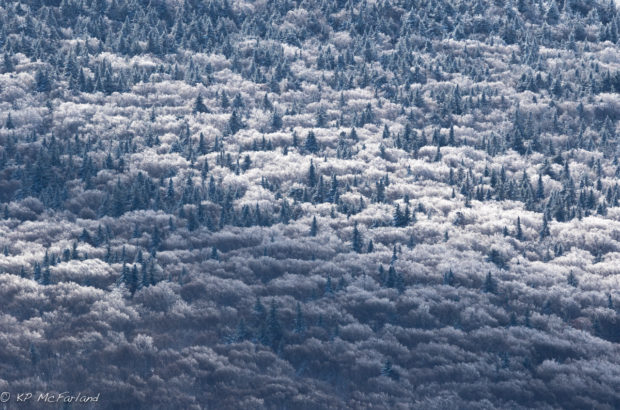
Field Guide to February 2021
Even though there’s lots more winter ahead, February heralds hints of spring around the corner. From Star-nosed Moles to returning Red-winged Blackbirds, this month’s field guide to wildlife around you is sure to keep your spirits high, no matter what that sleepy woodchuck predicted.

Field Guide to January 2021
January is cold and harsh, food is limited, and many of Vermont’s wild species are hunkered down for the winter. However, there is still activity all around us. Here are some of Vermont’s January happenings.
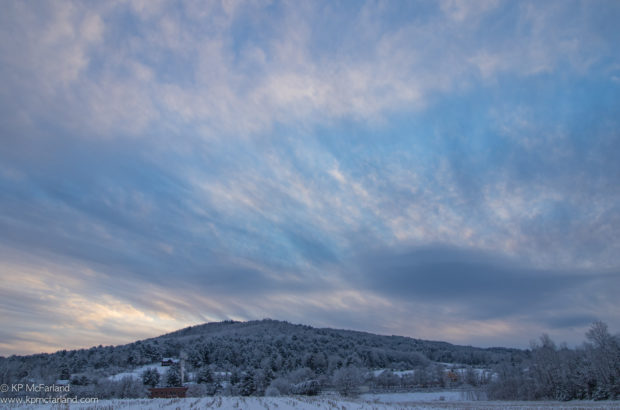
Field Guide to December 2020
December is off to a gentle start this year; the annual blanket of snow and ice has yet to drape across the land. As we move into this chilly month, you may find yourself wondering how wildlife adapts and survives each winter. Cozy up with our Field Guide to December and a warm cup of tea to learn how species from birds to bats and mice to moose face the coming cold-weather challenges.

Field Guide to November 2020
With November comes a stronger nip to the morning air and the rushed activity of wildlife either preparing for their winter stay or leaving Vermont for their winter location. There is a sense of fall finality as the last of the deciduous trees drop their leaves. November also hails some of Vermont's winter migrants, coming just in time to catch the first flakes. Learn more in our Field Guide to November.

Field Guide to October 2020
Black Bears are after beech nuts and chlorophyll is waving its last goodbyes for the year. These are just two of many examples of the natural history of October. Learn more here.

Field Guide to September 2020
Nighthawks and Broad-winged Hawks are migrating. Fall Webworms are munching on leaves and providing an important food source for many other organisms. Get a taste of all September has to offer in this month's Field Guide.
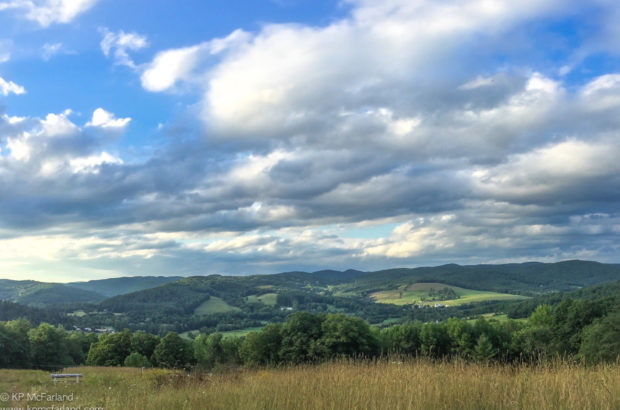
Field Guide to August 2020
Invasive honeysuckle is changing the color of feathers in birds? Bees falling prey to Thick-headed Flies? Learn all about it in this month's Field Guide.

Field Guide to July 2020
Did you know that there are 29 different species of deer fly in Vermont and that their larvae can live up to three years? Next time one is snacking on your elbow, photograph it before swatting, and check you July's Field Guide to learn more about deer flies and other natural history July has to offer.

Field Guide to June 2020
Confusing Tiger Swallowtail Butterflies, awakening Wood Turtles, and snacking Twice-Stabbed Lady Beetles are just a few of the gifts June has to offer. Check it out in this month's Field Guide!

Field Guide to May 2020
Spring is an amazing time, filled with an explosion of life. Check out the Field Guide to May 2020 to learn about snakes, the return of the Bobolink, vernal pools, and so much more.
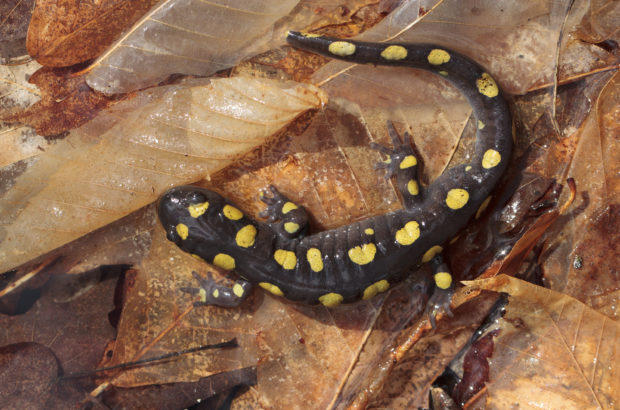
Field Guide to April 2020
In April, the northern forest is laid bare with cold desire and our long dormant senses awaken. Here’s our guide to some of the joys of April.

Field Guide to March 2020
March is a month of battles between warm and cold, between winter’s refusal to leave and spring’s insistence on coming. So, here are some signs of spring to look out for in this Field Guide to March.
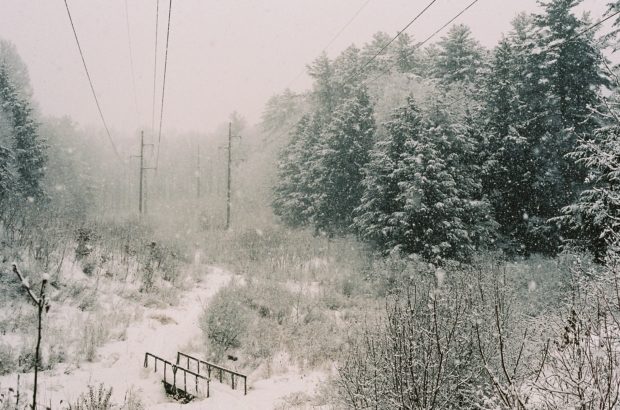
Field Guide to February 2020
February marks an important turning point. Although winter may continue to grip us for a little while longer, the landscape is preparing for change. So here’s a Field Guide to February to keep your spirits up.

Field Guide to January 2020
Although the days are slowly growing longer, life in the Northeast now finds itself in the coldest depths of winter. January is about survival. Wildlife that doesn’t migrate adapts instead in order to make it to spring. Here’s a few tidbits of natural history happening outdoors this month around you.

Field Guide to December 2019
Even during these short days and long nights of December, there’s still plenty of life in the fading light. Once we pass the winter solstice, which strikes at precisely 11:19 PM on December 21st, more light will begin to creep back. Until then, here’s some wintry natural history to keep you going.
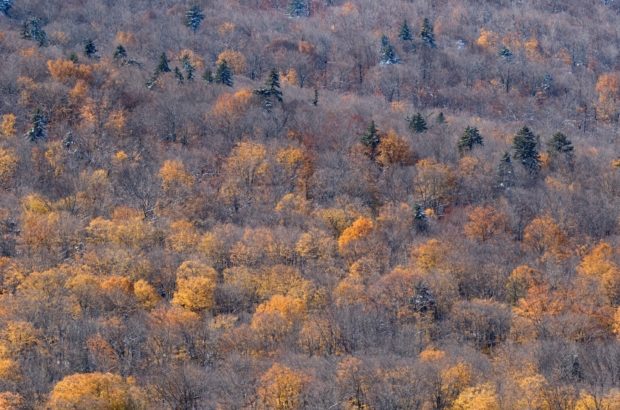
Field Guide to November
As leaves continue to fall and the first flakes begin to fly, the oncoming cold weather seems to bring nature to a standstill. On the contrary, there remains a lot to be discovered in Vermont during this transitional period. Learn more in our Field Guide to November.

Field Guide to October
October is a month of change. The forested hills fade from green to a kaleidoscope of red and gold that dazzles the eyes. Here’s your field guide to some moments that you might not otherwise notice during these few precious weeks.

Field Guide to September
Here is your field guide to some amazing migrations happening right now, and a few other natural history tidbits to look for this fall.

Field Guide to August 2019
We’ve still got plenty of summer here in Vermont and points north. In this edition of VCE’s monthly field guide to nature, we’ll celebrate a few audacious summer insects - but we’ll also alert you to animals on the move.

Field Guide to July 2019
As the dawn bird chorus now fades from northern forests, summer erupts in the sparkle and drama of insects. Here’s a short guide to some of July’s lesser known natural history.

Field Guide to June 2019
Here in Vermont, we dream of June during the darkest winter days. It’s days last forever. Here’s just a few of the natural history wonders for the month.

Field Guide to May 2019
The month of May is a show-off. Woodland wildflowers break out of the ground. Trees flower and leaves burst. Birds arrive on southern winds with song. May shouts of life and rejuvenation. Here's a few bits of natural history for your May days.

Field Guide to April 2019
In April the northern forest is laid bare with cold desire. Sight, sounds, and smell - April leaves none of our senses void. Here’s our guide to some of the joys of April.

Field Guide to March 2019
On Wednesday, March 20th at 5:58 PM EST, spring arrives in the north. While the sun may be predictable, March weather is not. March is a month of battles between warm and cold, between winter’s refusal to leave and spring’s insistence on coming. So here’s some signs of spring in this Field Guide to March.

Field Guide to February 2019
This month, wildlife and the rest of us here in New England will cross a threshold – arbitrary yet not insignificant: 10 hours of daylight. Even though we’ve got lots more winter, at least the sound of spring is in the air. So here’s a Field Guide to February to help get your hopes up, no matter what that sleepy woodchuck predicts.
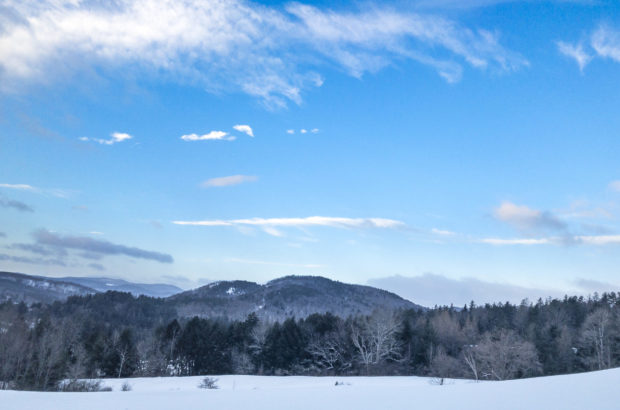
Field Guide to January 2019
Although the days are slowly growing longer, life in the Northeast now finds itself in the coldest depths of winter. Here’s a few tidbits of natural history happening outdoors this month around you.






